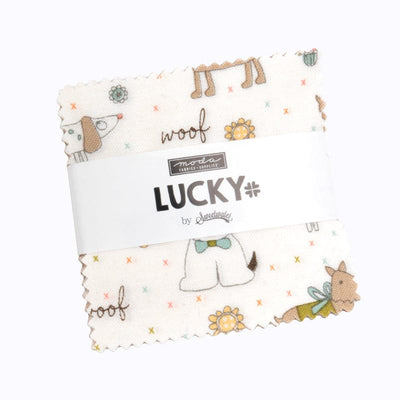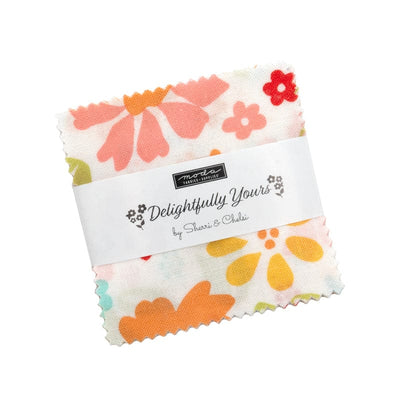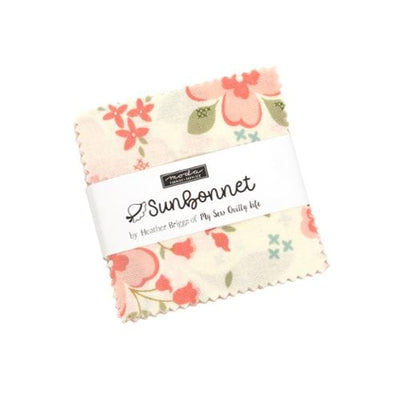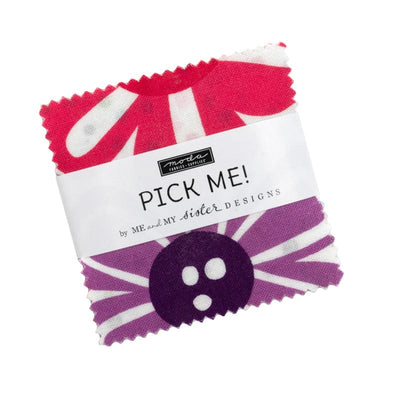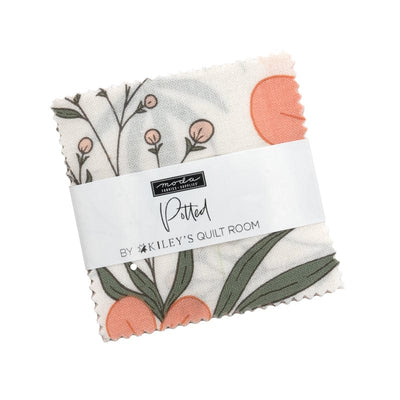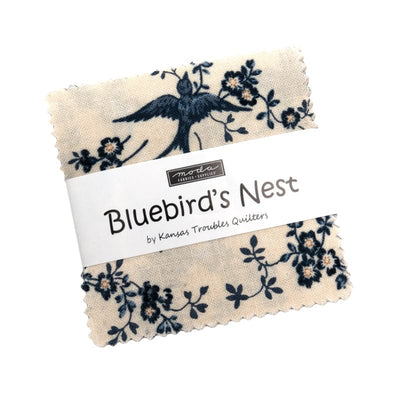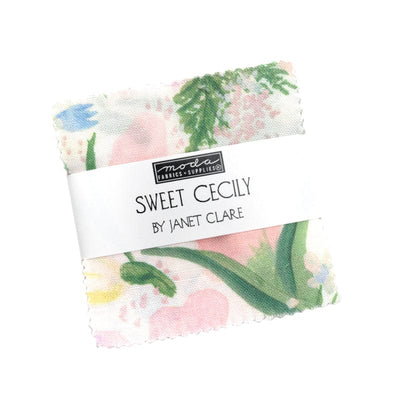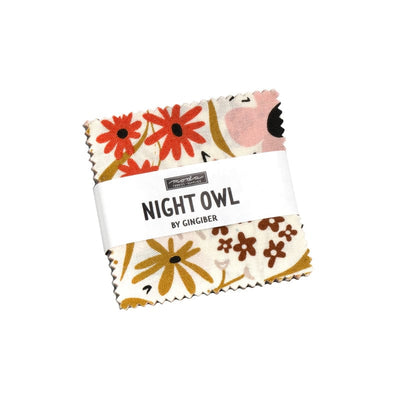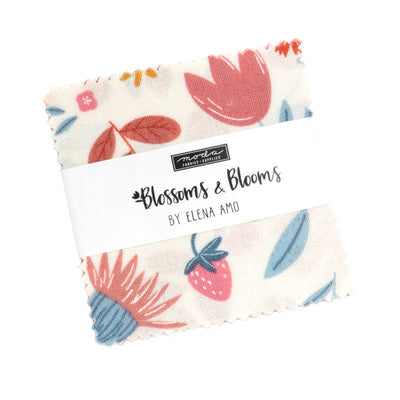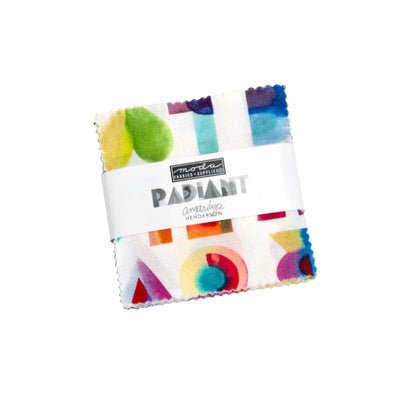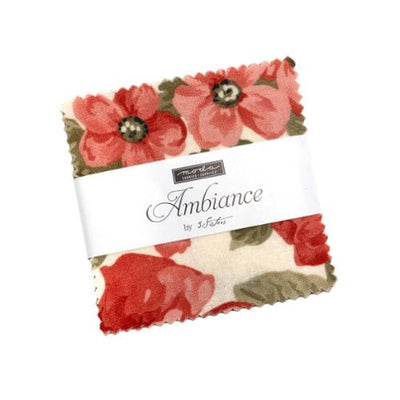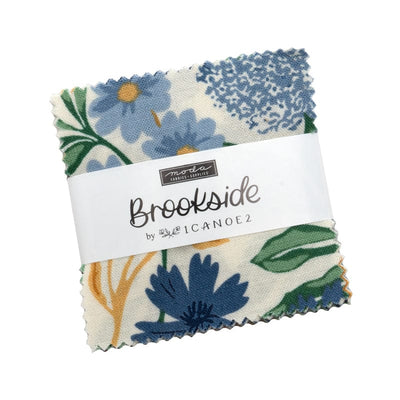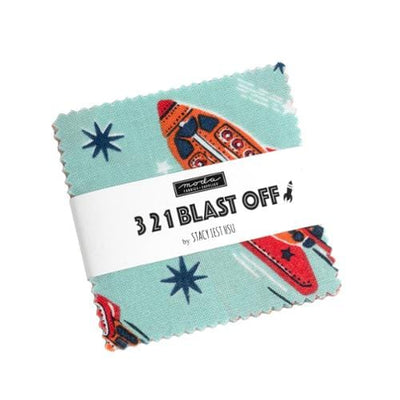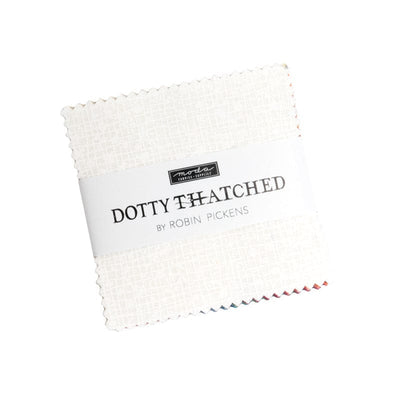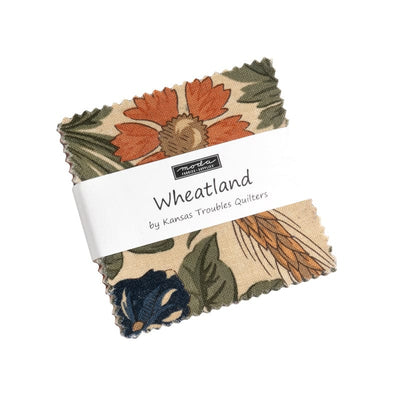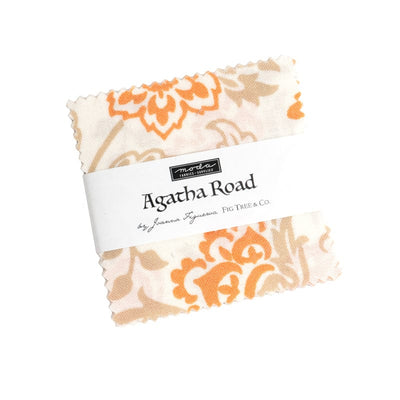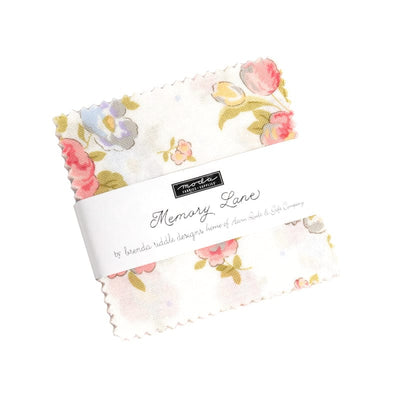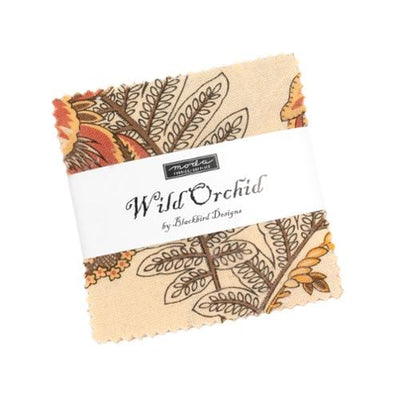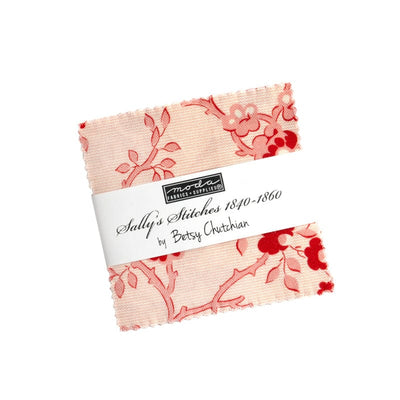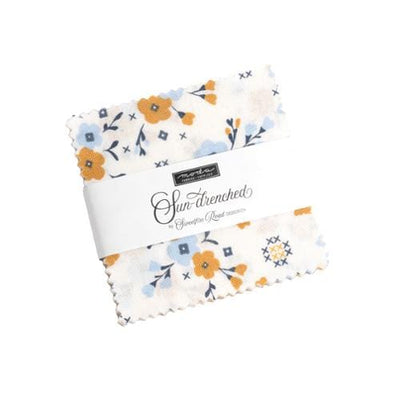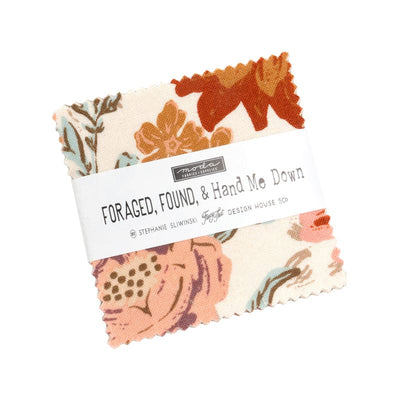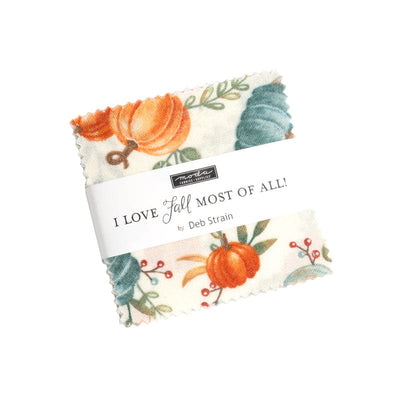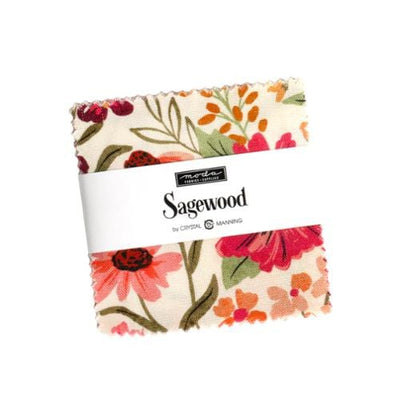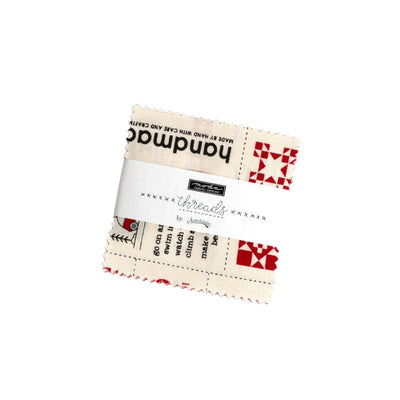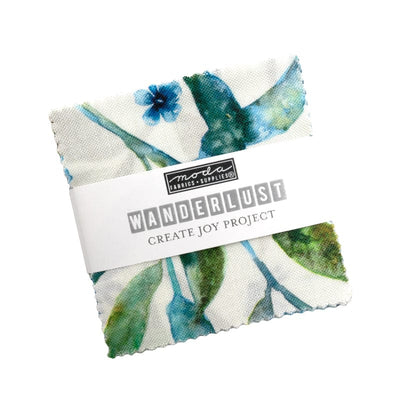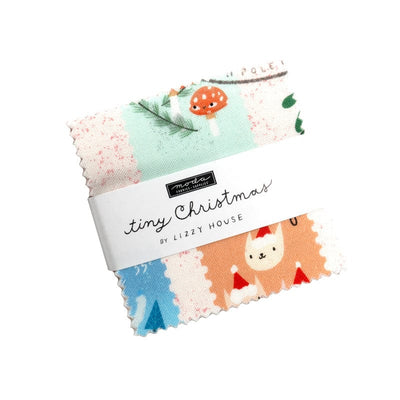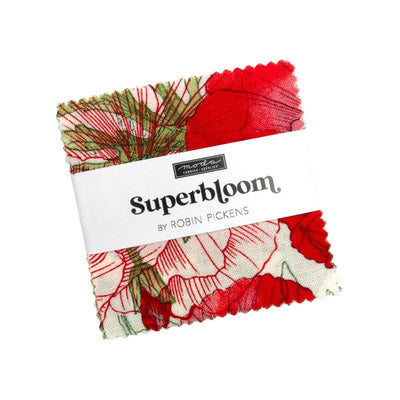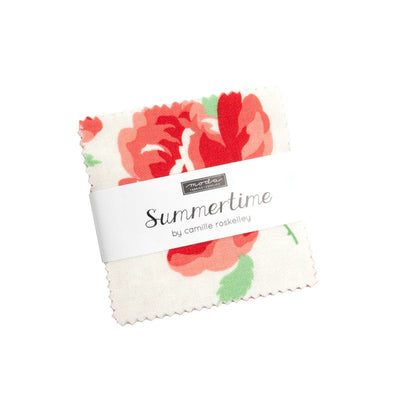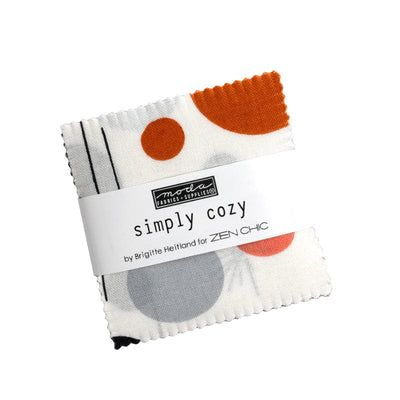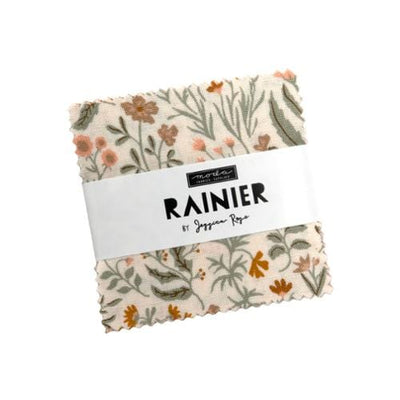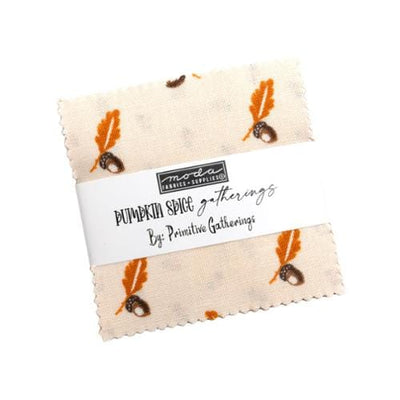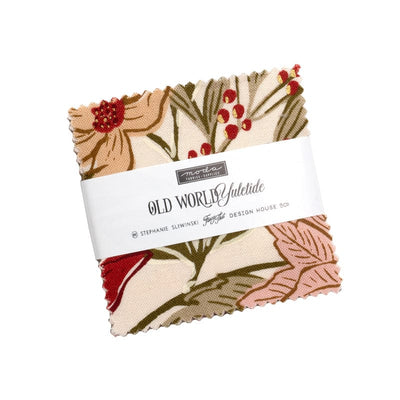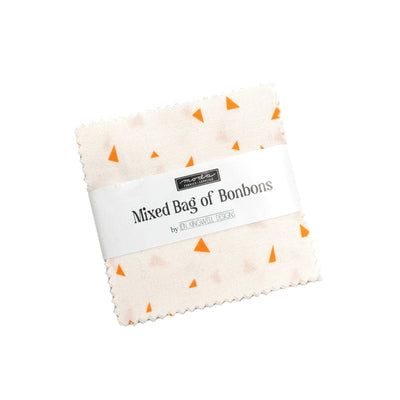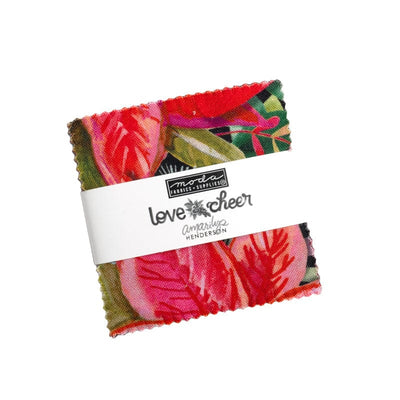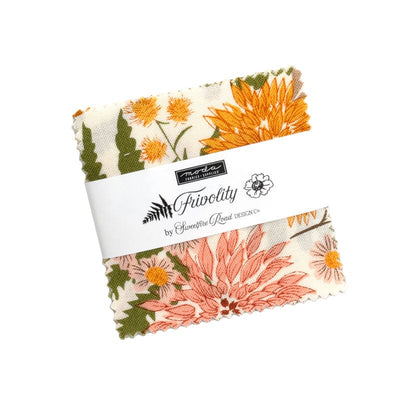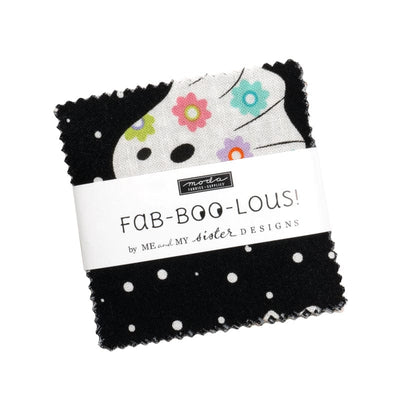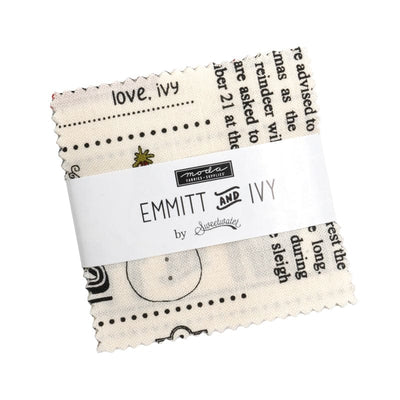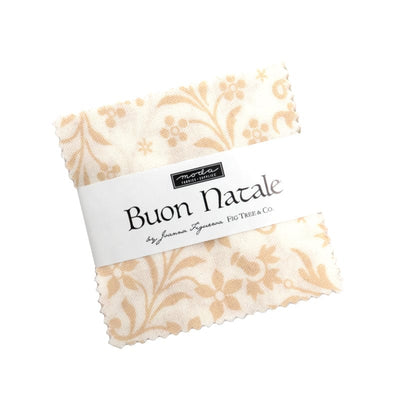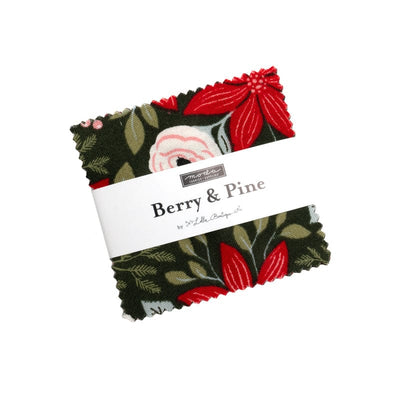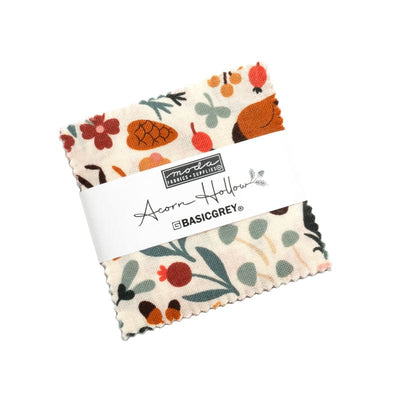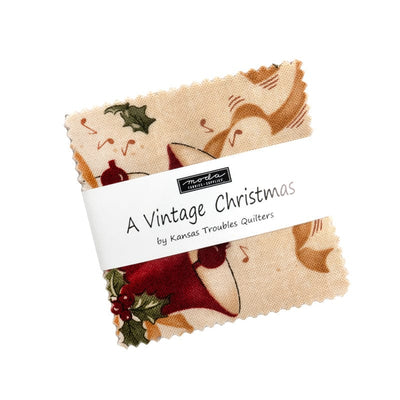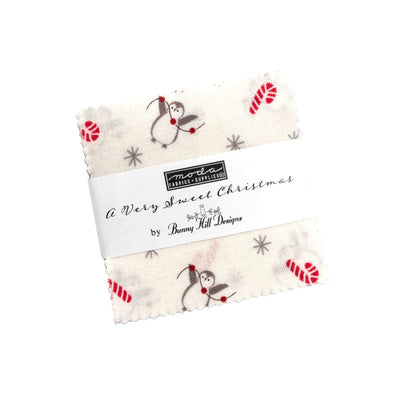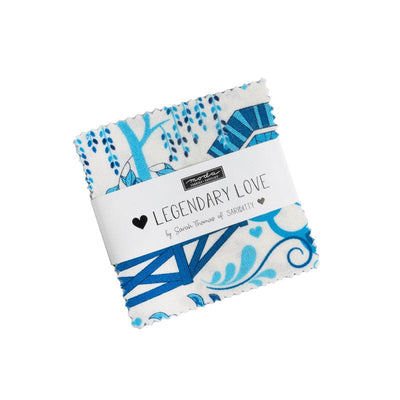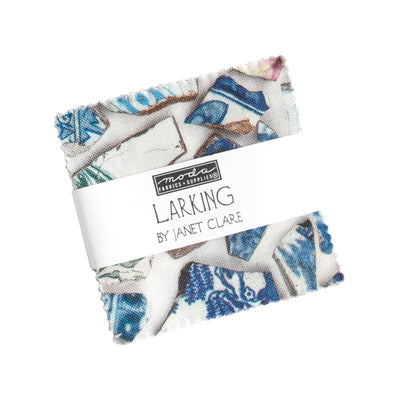Choosing Between Computerised and Mechanical Sewing Machines
Deciding which type of wadding to use for your quilt
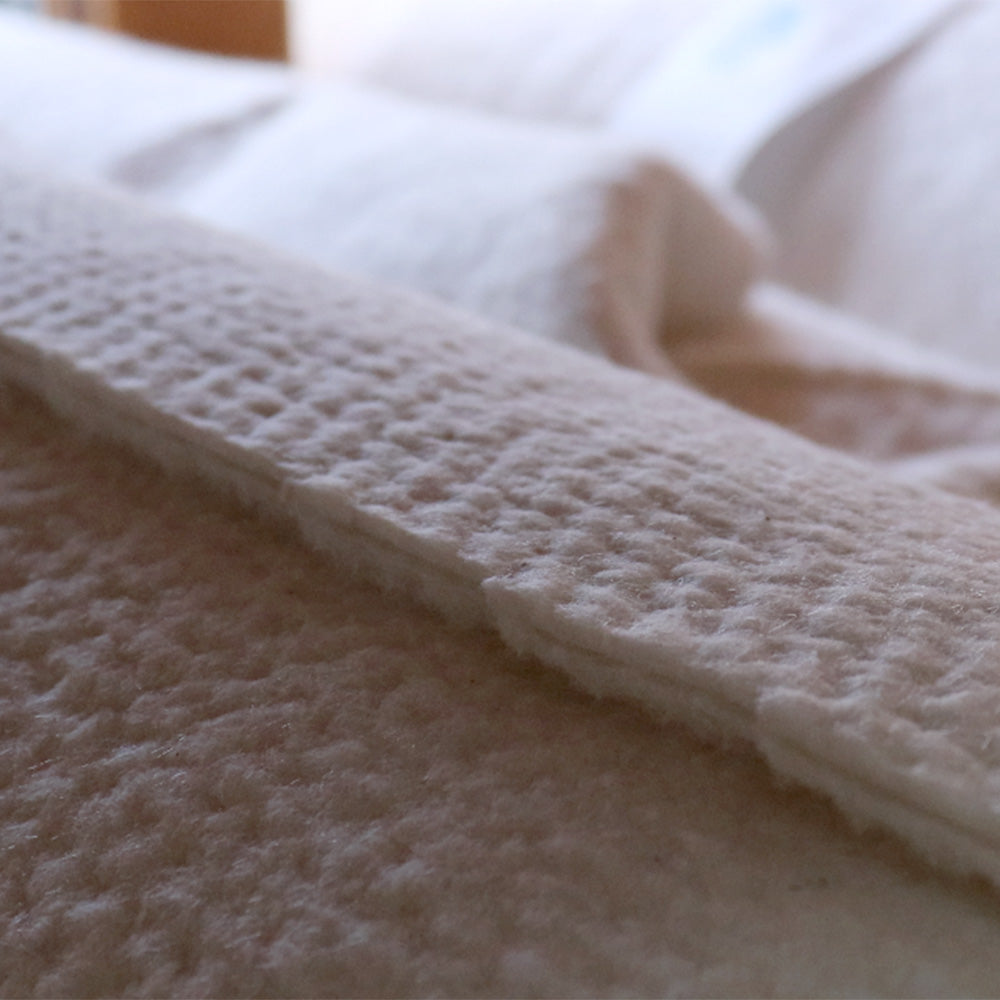
Wadding is crucial to patchwork and quilting, forming the middle layer of the quilt. It adds warmth, durability and weight. Once the quilt is made, you can’t see it, but it will make a big difference to how the quilt looks and feels. For this reason we recommend that you don’t scrimp on wadding – it’s a false economy. Invest a little extra in finding the right wadding and you won't regret it.
Which quilt wadding to use comes down to personal choice. We’ve put together this guide to help you decide which is right for you and your desired aesthetic so that you end up with the finished quilt you envisaged.
Things to consider before you decide what type of wadding to use…
There are different types of base material
There are different types of wadding base material (what it’s made from). We have more detail about each option that we sell below.
- Natural fibres (e.g. cotton, bamboo). Wool is also available but we don’t currently offer this.
- Synthetic man-made fibres (e.g. polyester).
- Blended, which is a mix of cotton, polyester, bamboo and/or wool.

Which loft should I go for?
This refers to the weight or thickness of the wadding. In general, the higher the loft, the thicker it is; a lower loft means it’s thinner. The higher the loft, the more puffy your quilt will be. The highest-loft waddings are usually made of polyester and can be more difficult to machine quilt. Low-loft quilts are good for traditional-looking quilts. Medium-loft waddings are usually puffier and can be machine or hand quilted.
Do you want breathable?
If you’re planning to use your quilt on a bed, it might be preferable to have a breathable wadding. Cotton and wool waddings breathe better than polyester. Wool is naturally breathable and will ensure the ultimate warmth in winter while staying cool in summer. Wool is the warmest type of wadding, followed by polyester and then cotton.
Bamboo wadding is also incredibly soft, naturally hypoallergenic and has good moisture-wicking properties, which can make it a comfortable and breathable choice for bedding and other items that come into contact with skin.
Are you looking for a sustainable and environmentally friendly option?
If you want the most sustainable wadding, we recommend using either a natural fibre such as bamboo, a recycled blend, or 100% cotton. We sell Sew Simple Super-Soft EcoBlend which is made from 100% recycled material – 70% cotton and 30% polyester.
Alternatively, bamboo wadding is naturally sustainable, highly renewable, biodegradable and can be composted.

Do you want to wash your quilt regularly?
Take your time and follow the washing instructions from the manufacturer that come with your specific choice of wadding. Polyester is ideal if you expect to wash your quilt regularly. Be mindful that natural options require careful handling, particularly wool. If you accidentally shrink delicate fibres like wool, the wadding will never lie flat. If you use wool or silk, remember to use a very mild detergent made specifically for wool products, use lukewarm water only and dry flat if possible.
Is your quilt for a newborn baby?
Duvets, pillows and quilts are not recommended for babies under one year old. For babies over one, choose a lightweight, breathable wadding for a cot quilt. For more information, see the Lullaby Trust’s safer sleep advice.
Construction explained: needle-punched vs bonded vs scrim
Needle-punched means the wadding fibres are mechanically felted together by punching them with thousands of tiny needles. The result is a strong, dense wadding. It is slightly harder to hand quilt.
Bonded wadding is made using fibres which have been bonded together using heat or resin. This stabilises the wadding and prevents bearding. Some waddings are only surface-bonded (only the outer surface is bonded). Others are 100% bonded, where resin is sprayed and mixed with all the fibres.
Scrim is a lightweight binder that is needle-punched into the wadding to add strength and loft and to prevent stretching and distorting. Quilting lines can be further apart when using wadding with a scrim. We like to recommend using wadding with a scrim to avoid loose fibres working their way through to the top fabric (known as bearding).
Do you suffer from allergies?
Polyester wadding has the advantage of being hypoallergenic, so it’s a good choice for anyone who is allergic to natural fibres. Polyester wadding is also mould and mildew resistant. Alternatively, bamboo is naturally hypoallergenic and breathable. It’s grown without the need for pesticides and is processed without the use of harsh chemicals.

Are you quilting by machine or hand?
Consider how you intend to quilt when selecting which wadding to use. Most wadding can be used for both machine and hand quilting, but some are more suitable for machine quilting and others much better for hand stitching. For example, 100% cotton will be easier to use on a machine than a high-loft polyester wadding, which can be hard to get through the sewing machine.
Consider shrinkage
Some quilters prefer to pre-wash cotton wadding to allow for shrinkage; however it’s entirely down to personal choice. Natural fibres have a tendency to shrink slightly, while polyester wadding will have low to no shrinkage. Refer to the instructions with whatever wadding you buy for more information. It will indicate the percentage it’s inclined to shrink by.
Types of Wadding
Polyester wadding
- Polyester wadding is a man-made wadding and is derived from polyethylene, a non-renewable source (recycled polyester waddings are available).
- Ideal if you are looking for a thick but lightweight wadding; often used for a ‘puffy’ quilt.
- Comes in a wide range of blends and lofts. It is durable and retains its shape well with minimal shrinkage.
- Non-allergenic and resistant to mould and mildew, so it’s great for damp or humid conditions.
- Not breathable and cannot be ironed or tumble-dried.

Cotton wadding
- Cotton is the traditional choice for wadding and one of the most popular options. It’s a natural material – ideal if you don’t want to use man-made fibres.
- Cotton is durable and retains its shape well with minimal shrinkage. A washed quilt with 100% cotton wadding gives you that classic crinkled, “well-loved” look.
- Expect shrinkage of approximately 2%–5% on the first wash. Many quilters wash the wadding before quilting so it is pre-shrunk.
- Ideal for both machine and hand quilting.

Bamboo wadding
- Suitable for any type of quilt. Machine washable and easy to maintain. Drapes beautifully, even when densely machine quilted.
- Low loft, lightweight and breathable. Naturally warm in winter and cool in summer.
- Naturally anti-bacterial and hypoallergenic. Environmentally friendly to produce; bamboo grows quickly with minimal intervention and fibres are extracted using water without harsh chemicals.
- Ideal in humid conditions as it dries three times faster than cotton and is naturally resistant to mould and mildew.

Blended wadding
Wadding made from a blend of materials has many advantages. The cotton element adds warmth and softness while the polyester provides extra durability and resistance to shrinkage and wrinkling, even when the quilt is used or washed regularly.

Insulating
Insulating wadding is designed for projects which will come into contact with heat, such as oven mitts, ironing board covers, pot holders and tea cosies. It keeps things hot or cold and protects surfaces from extreme temperatures. It’s not to be confused with adding extra thermal warmth properties to a quilt project.
Fusible wadding
- Fusible wadding, typically 100% polyester, is a one-sided, low-loft fusible fleece that adds a layer of softness to home décor, craft and apparel projects.
- It can be fused to fabric and is completely sewing-machine safe.
- Because it fuses, you don’t need to baste with pins or tacking, saving time.
- Ideal for smaller quilted projects. For traditional-size quilts, we don’t recommend this option.
We hope you found this useful. Be sure to browse our range of wadding here.
Sign up to our Sewing Studio newsletter to keep up to date with new collections, tutorials and helpful quilting hints & tips.
Find the perfect machine for you
Take our quiz to find the best sewing machine for your needs.
Take the Quiz


